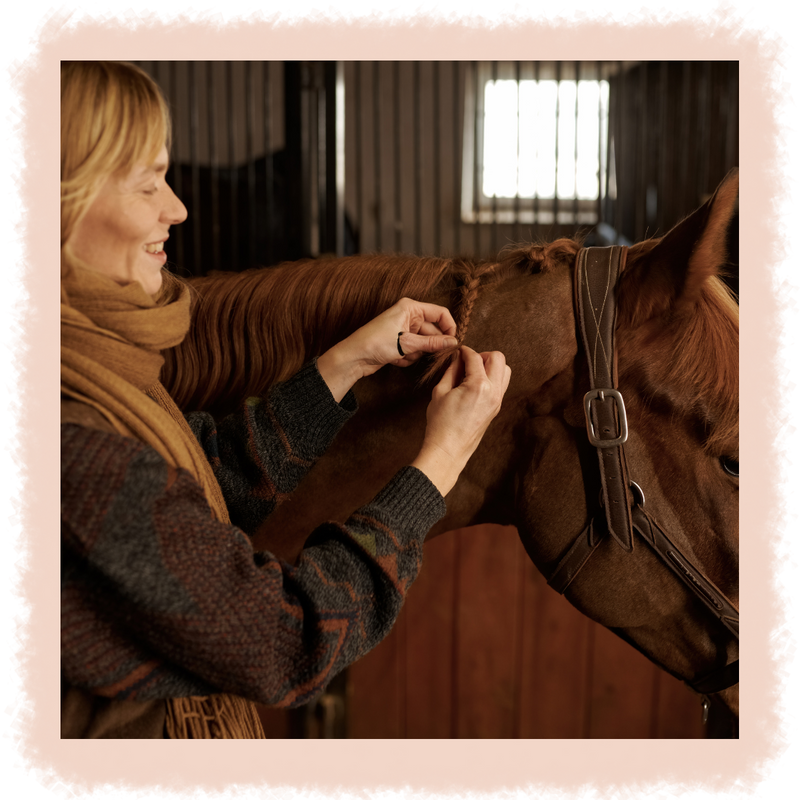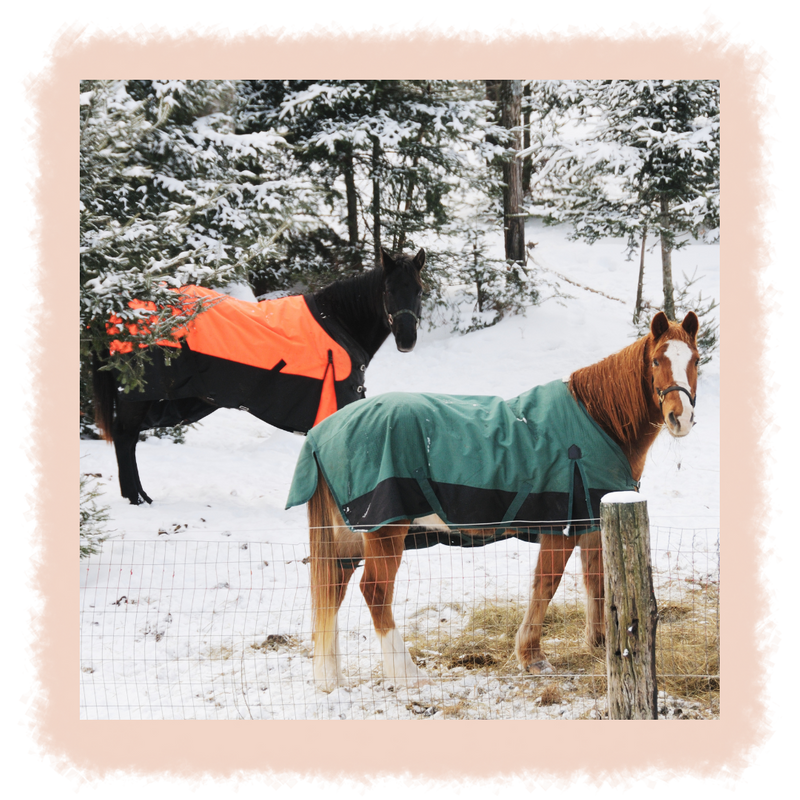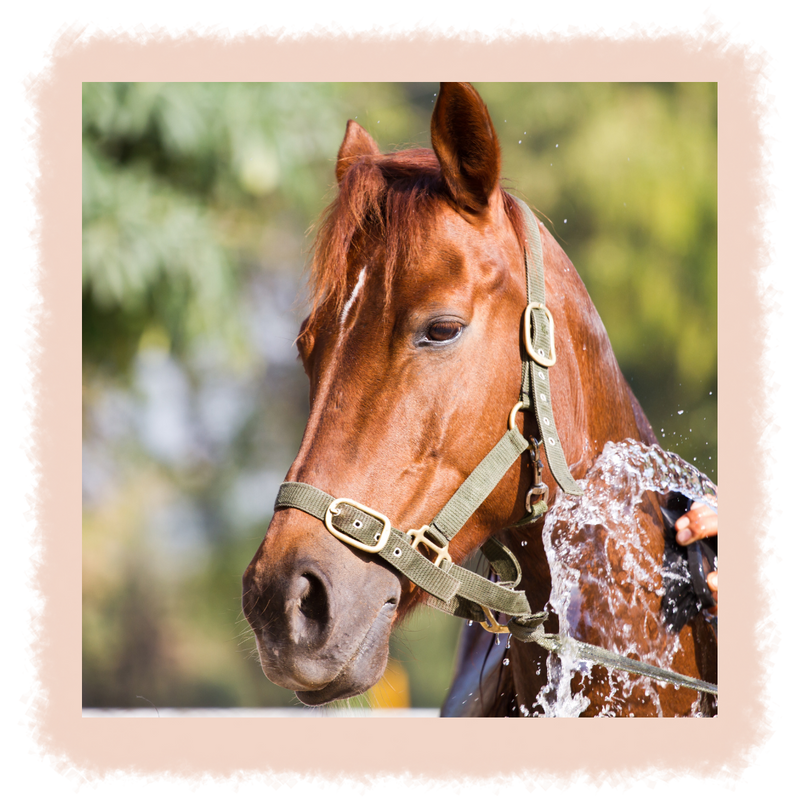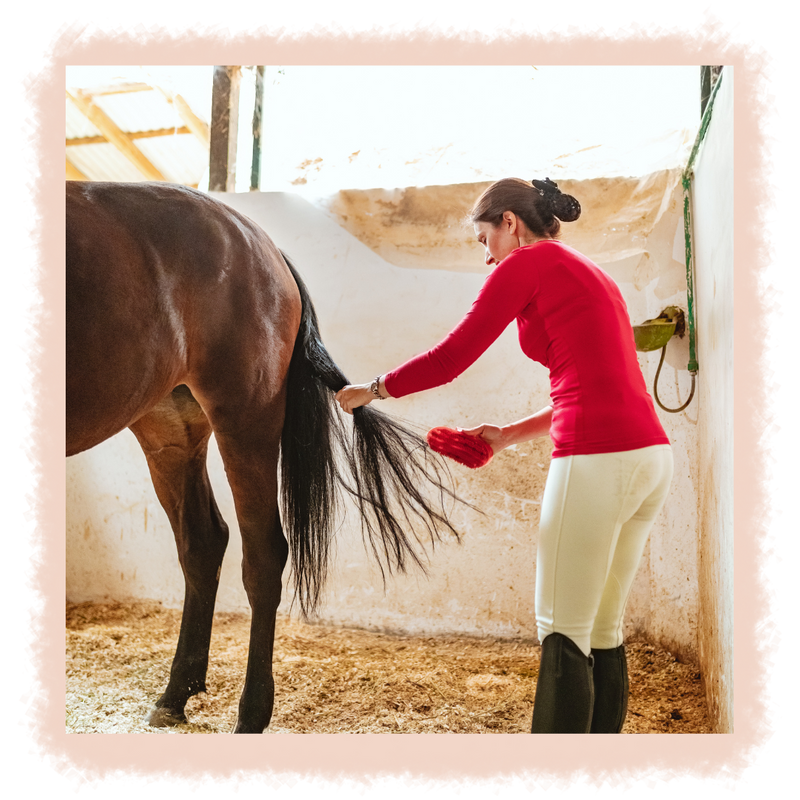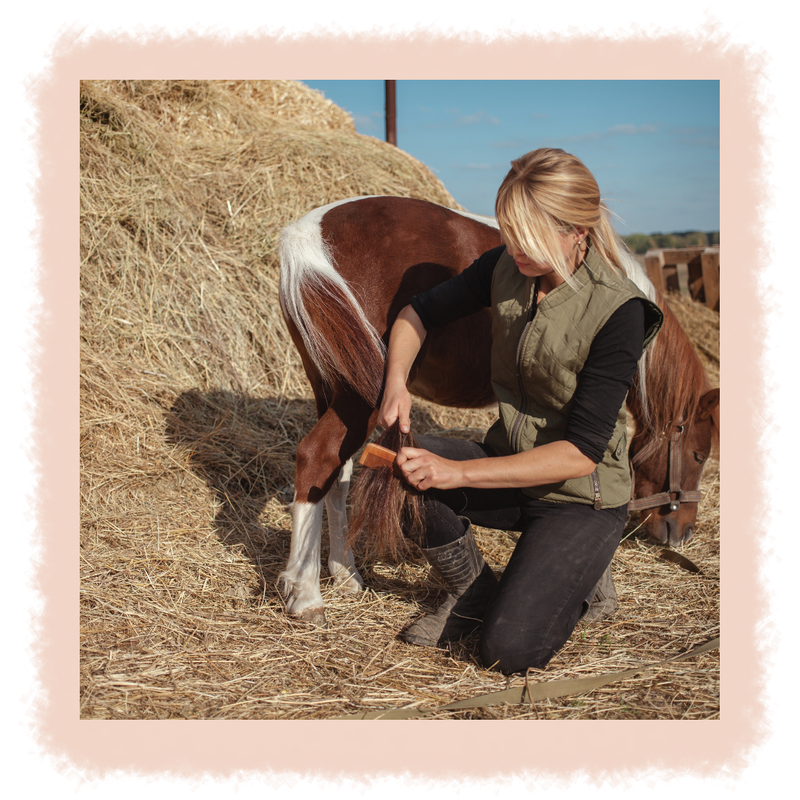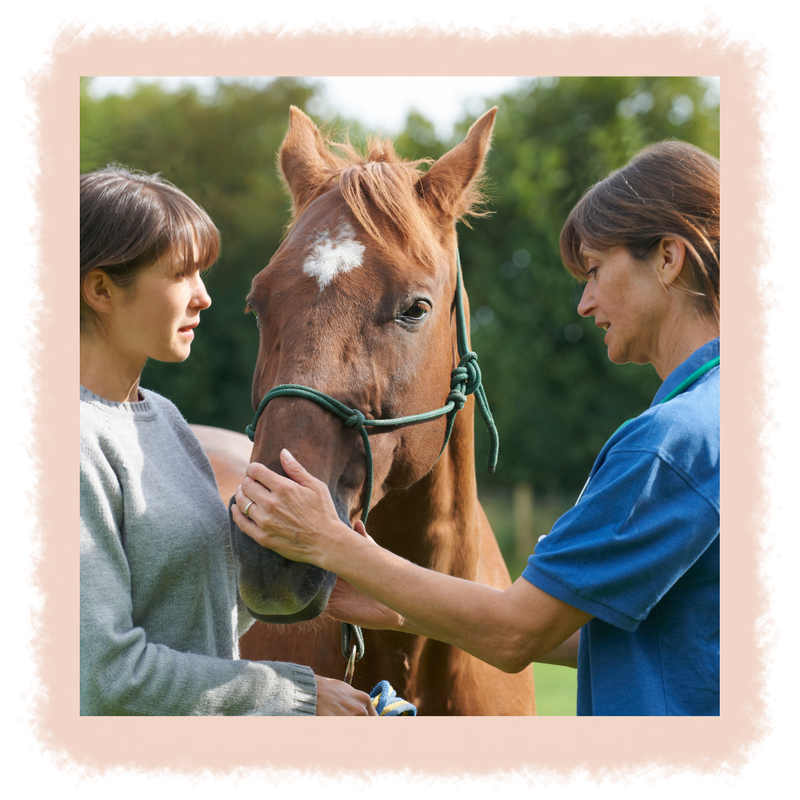As the seasons shift from summer to fall and winter, it's important for horse owners in the Lowcountry region, including Bluffton, Hilton Head, Beaufort, and more, to adjust their mane care routine and protect their horses from the harsh weather conditions that can affect the health and appearance of their manes. Carter Veterinary Services, your trusted local equine and large animal vet, is here to provide valuable tips and advice to ensure your horse's mane remains healthy, tangle-free, and protected throughout the colder months. Keep reading to learn more about proper horse care for the seasons and reach out to our team today for an equine checkup!
Fall/Winter Mane Care Tips for Horse Owners
Fall/Winter Mane Care Tips for Horse Owners
Be Proactive This Season
Taking proactive steps to care for your horse's mane during the fall and winter months will ensure its health and overall well-being. By practicing regular braiding, protecting from harsh weather elements, maintaining proper grooming, and monitoring for signs of skin irritation, you'll help your horse maintain a lustrous and tangle-free mane throughout the season. For any additional guidance or professional assistance, remember to consult your local equine vet, Carter Veterinary Services, serving the Lowcountry area.

